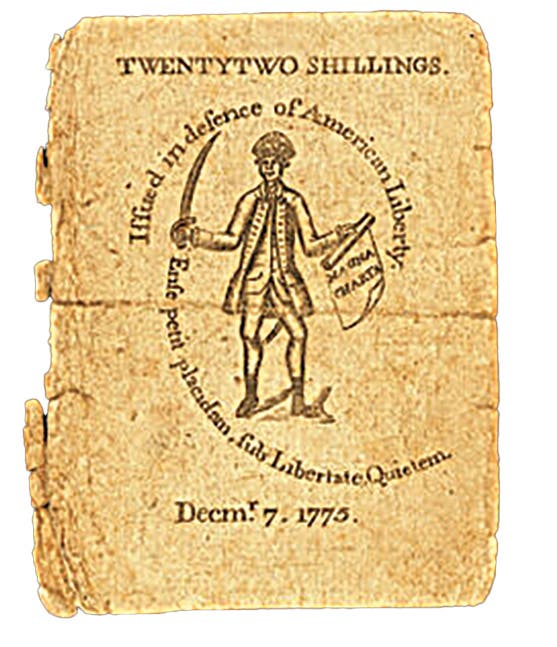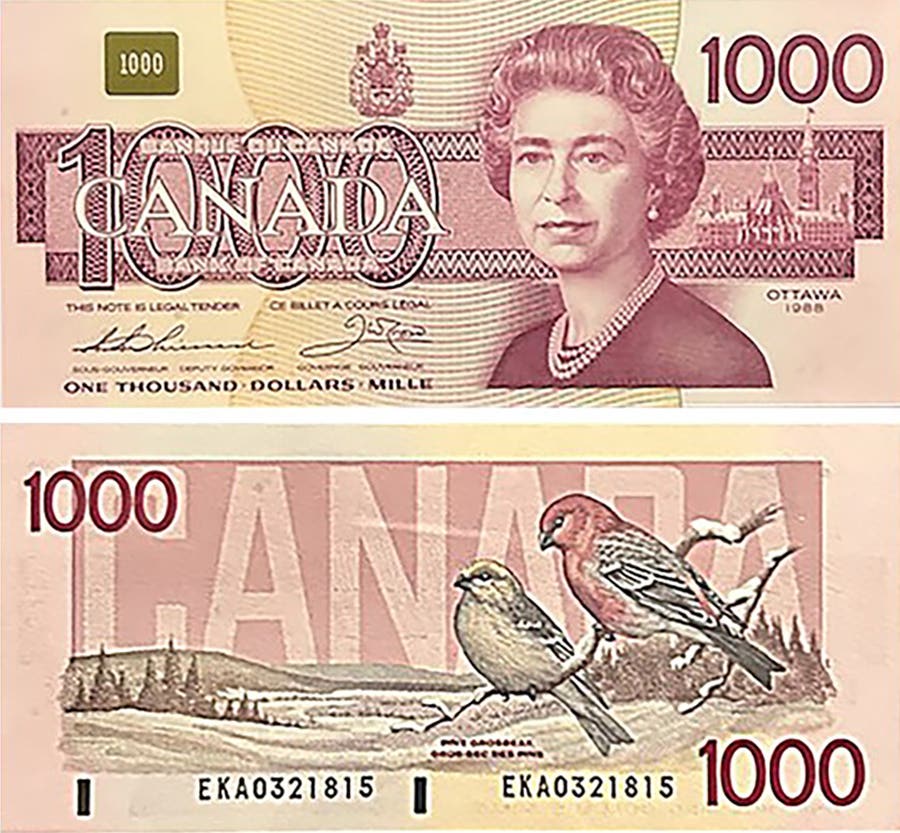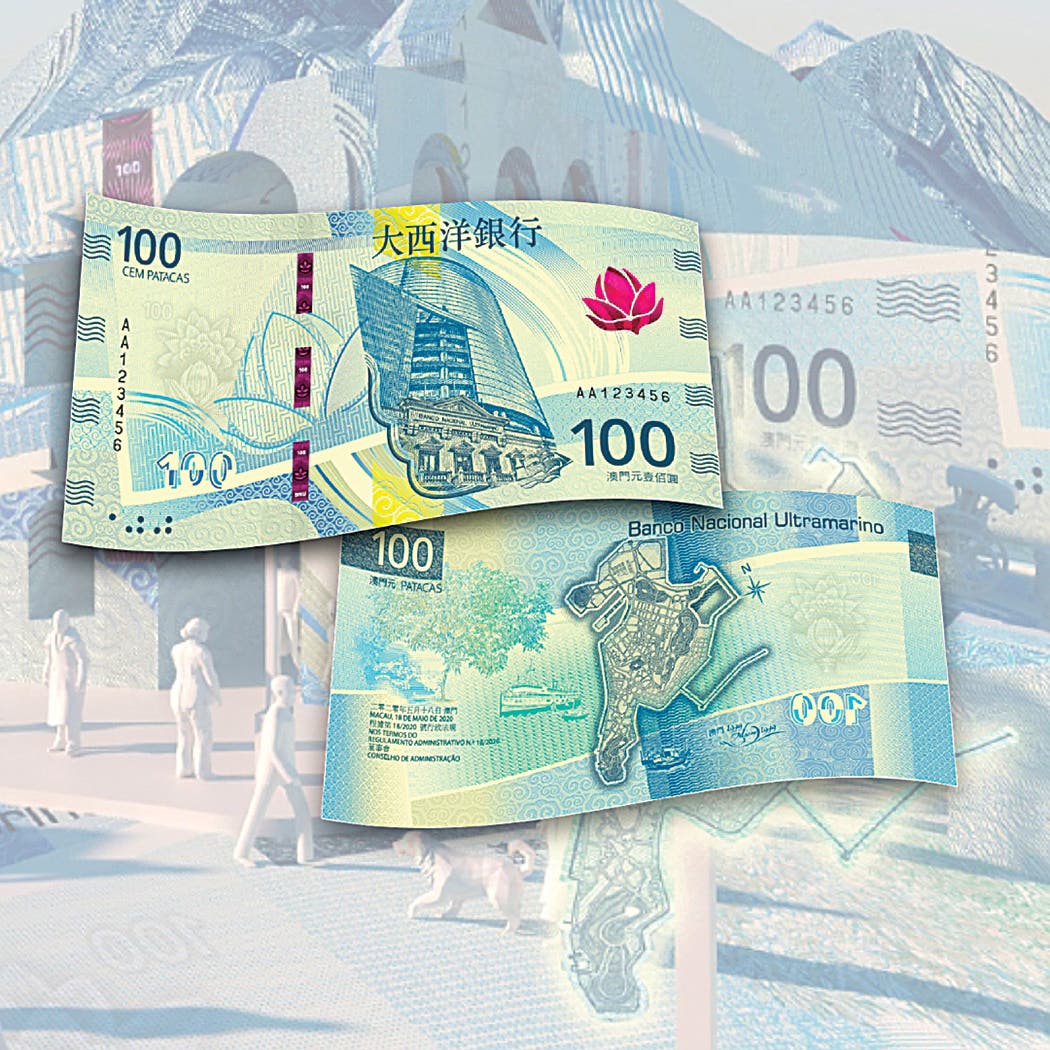Behind the Bank Note with Scott Cordry
I am very happy to have dealer and collector Scott Cordry as my Q&A contributor this month. Cordry has a strong background in numismatics. He has worked as a cataloguer…
I am very happy to have dealer and collector Scott Cordry as my Q&A contributor this month. Cordry has a strong background in numismatics. He has worked as a cataloguer for Heritage Auctions and speaks several languages. Like many numismatists, whose pursuits evolve over time, Cordry has developed an interest in Egyptian currency.
Q. How long have you been a paper money collector?
A. I started collecting USA pennies, nickels and dimes in 1959. When I couldn’t afford the coins I needed, I started collecting Sweden, which was my mother’s family background. I put together a nice collection for a kid in San Diego, but also ran out of coins that I could acquire.
Out of total frustration I decided to collect Ottoman Egypt and Turkey, figuring I would have very little competition, which was true for several years. I expanded to all countries of North Africa and the Middle East. I actually managed to visit Morocco in 1969 and Turkey in 1970, and Egypt several times from 1975 to 1990.
Besides the Egyptian currency notes I collect the Sudanese siege notes of General Gordon and Ottoman Turkey, roughly 1840 to 1920. I have always sought out issued notes rather than specimens but understand that some rare issues are only available as specimens, such as the first issue of the National Bank of Egypt, the 5, 10, 50 and 100 Pounds, beginning in 1899.
I started dealing in Islamic paper money in the late 1980s, which was a natural extension of my interest in coins from North Africa and the Middle East. I got started collecting the Egyptian currency notes at the same time. The currency notes appealed to me because much research remained to be done, and the little 5 and 10 Piastres notes were not expensive -- at the time. Now some of the World War I issues, Farouk era and early Republic types are recognized for their rarity, and bring strong prices at auction, especially in top quality.
Q. How are Egyptian currency and Egyptian bank notes differentiated?
A. Egyptian currency notes, the 5 and 10 Piastres, were printed under the authority of the Finance Minister, while the banknotes, first printed in England, were signed by the head of the National Bank. The banknotes ranged in denomination from 25 Piastres to 100 Pounds. The currency notes were printed on a daily basis so when a Finance Minister was replaced, or some other change was authorized such as watermark or country title, they stopped the presses and made the changes. As a result, the currency notes represent a continuous financial and political history of Egypt, both during war years and the turbulent period following the fall of Farouk in 1952.
In 1952, the banknotes and currency notes were redesigned using nationalistic designs that replaced the image of Farouk. During this process, the currency notes were briefly issued with the new designs, but with the country title as Royal Government of Egypt. This changeover mistake was quickly changed to Egypt State, creating Pick 170 and 171. The currency notes with Royal Government are listed as Pick 169 and 169A. Because of their rarity and historical importance, these two Royal notes are among the most interesting of Egyptian paper money.
Q. What is the most interesting note from Egypt you have encountered?
A. The Royal currency notes issued for such a brief time and reflecting the fall of Farouk - P169 and 169A and the political confusion at the time are the most interesting to me. To this date only one pair is known with issued colors and live serial numbers. Some color trials without serial numbers were recently sold at auction.
Q. What elements on Egyptian notes do you collect? Signatures? Block letters? Denominations?
A. I collect all the currency notes by series number and prefix letter. From the advent of the Egyptian State in 1952 to 1989 over 3300 combinations are known and I have all except 14! I started by creating a lattice chart and started filling it in. Several collectors in Egypt helped me along the way.
Q. What do you find most interesting about Egyptian paper money?
A. Egyptian paper money appeals to local collectors along with British Occupation during World War I and Africa in general. Some of the designs of the banknotes are particularly scenic, depicting famous mosques and Cairo street scenes.
Q. What are some of the challenges and hurdles collectors face?
A. Values for the currency notes have increased with time and the supply has dwindled as well. UNC examples of some of the early State types have brought hundreds of dollars at auction.
Q. What Egyptian note are you still seeking for your collection?
A. There is one note which has befuddled collectors for many years. We reserved a Pick number for it, P173, which would be the 10 Piastres with the Republic country name, but none has ever surfaced. It would be D/10 and there is a gap of approximately 500,000 notes for D/10 which could include P173. It is easily The Holy Grail for currency notes collectors, even if it doesn’t exist!
Q. What can you share with me about King Farouk and 5 and 10 Piastre notes?
A. The Farouk era notes starting in 1940 and ending in 1952 include a very interesting collecting aspect. The first 10 notes for every new series number and letter prefix were saved for Farouk, who also collected Egyptian paper money. His collection is now in the national museum. These one to ten serial numbers are extremely popular and almost always occur in UNC. A rarely offered serial number 000001 recently sold for $3500 in London.
Q. What do you most want people to understand and appreciate about paper money?
A. I think people enjoy collecting paper money because it is very visual with colorful designs and reflects important political and financial history.
Q. If you were able to give advice on growing an Egyptian-centered paper money collection, what would you suggest?
A. There are many types which can be obtained in UNC for a small price, and this is a good way to ease into collecting the more expensive notes. Many of my clients collect Egyptian paper money issued prior to 1927 as it was legal tender in Palestine after World War I and thus part of the history of Israel.








